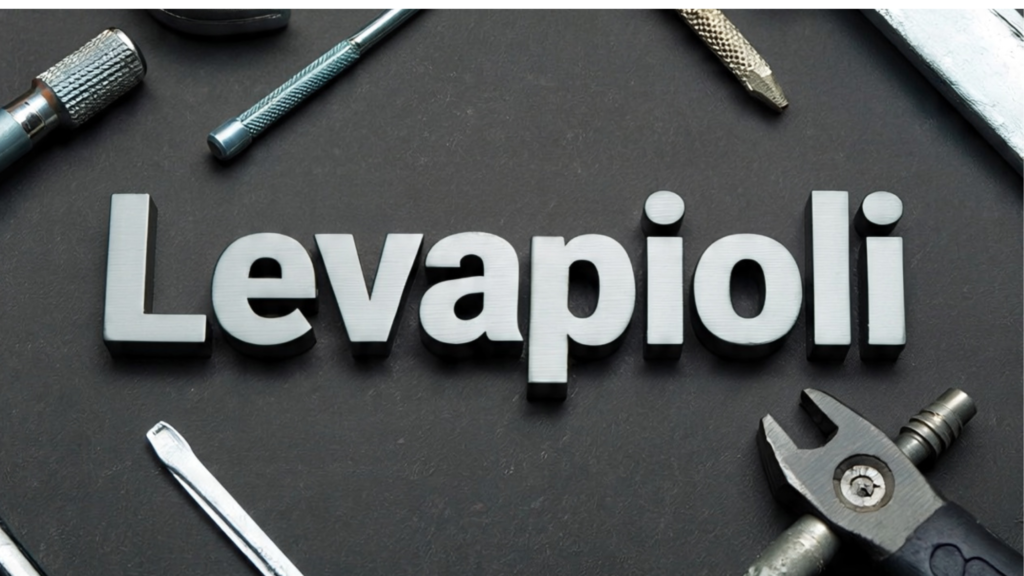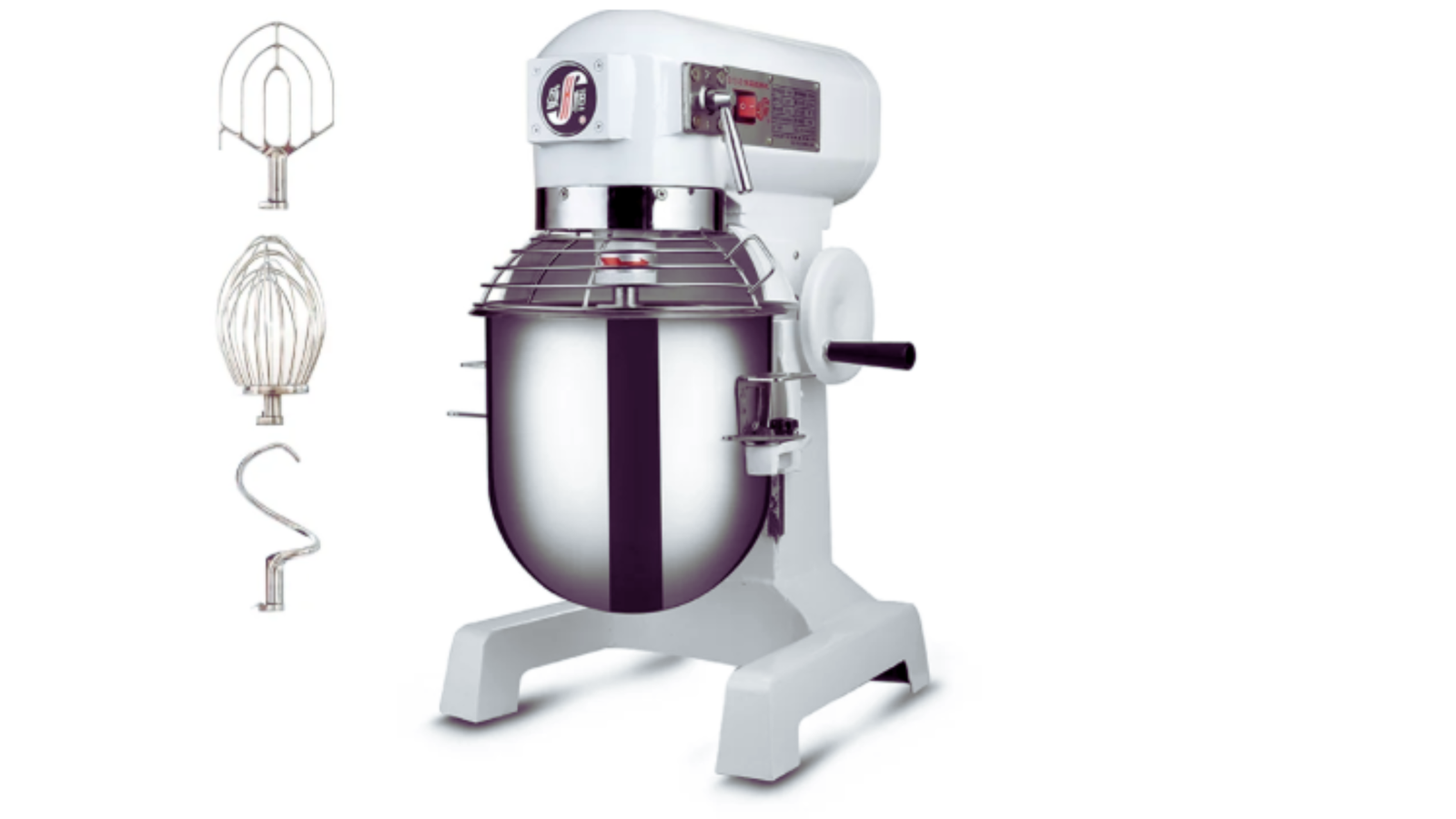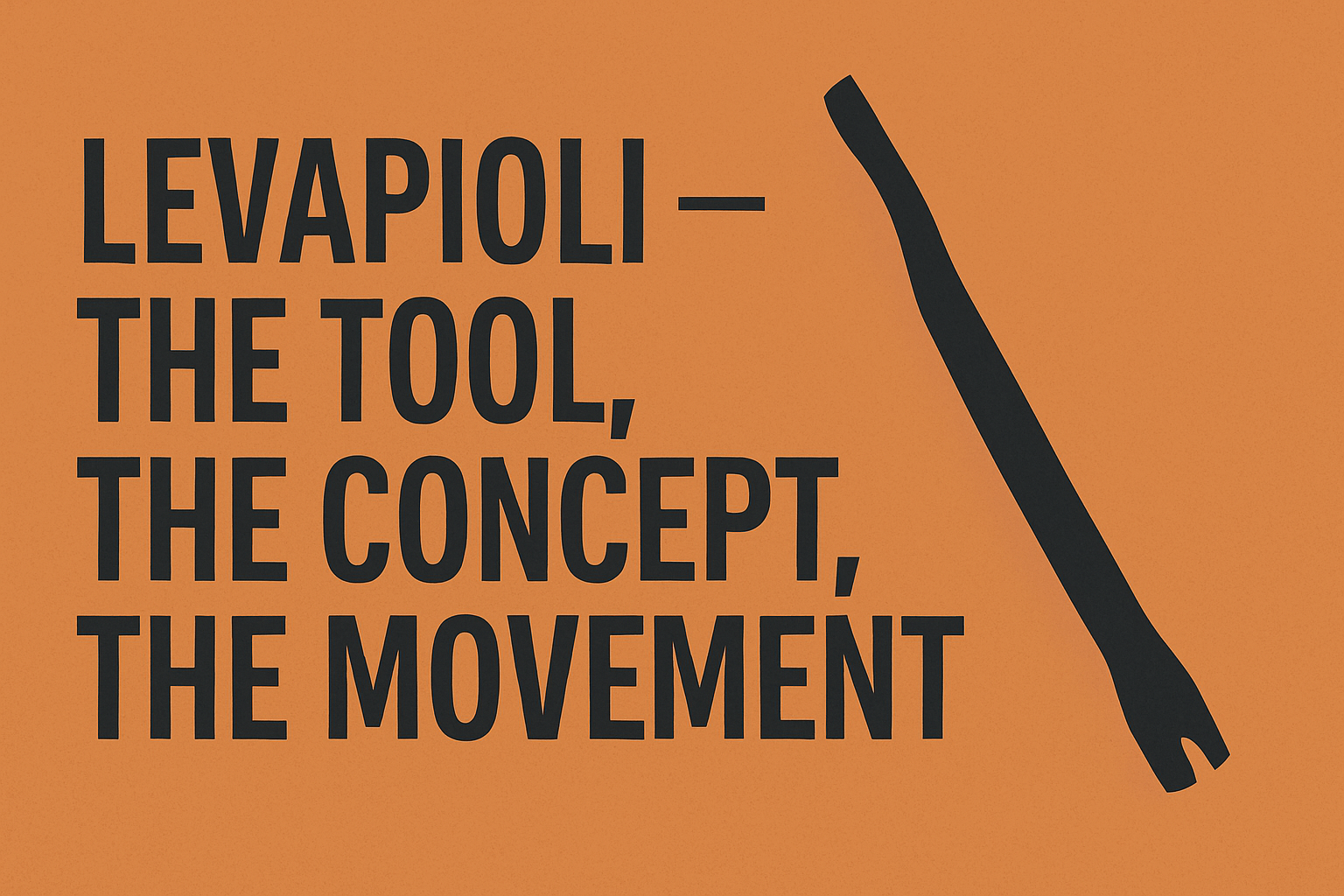Levapioli isn’t just a tool. It’s a mindset that merges physical function with innovative thinking. Originally known in Italy as a tire lever, levapioli has grown beyond garages and repair shops. Today, it stands as a symbol of simplicity, adaptability, and smart design across various fields.
This evolution didn’t happen overnight. Makers, designers, and engineers saw more in Levapioli than just its mechanical purpose. They began to view it as a philosophy—one that champions minimal effort, maximum impact.
In the digital era, where design thinking shapes everything from apps to furniture, Levapioli shines. Its core idea? Tools and systems should adjust to human needs—not the other way around.
From Beta Utensili’s high-performance kits to levipil tablets used in healthcare, the term bridges mechanics, medicine, and modular design. It’s being applied in local manufacturing, UX design, startup cultures, and even daily life hacks.
As we explore this concept in depth, you’ll see why Levapioli is no longer just for mechanics. It’s now a guiding force for innovation, usability, and modern problem-solving.
Introduction
In 2025, Levapioli is more than a tool — it’s a movement reshaping how we build, think, and solve problems. It began as a simple nylon or metal lever used to remove tires from vehicles. But today, it inspires designers, innovators, and creators across industries.
For builders, levapioli means efficiency. For designers, it means flexibility. For thinkers, it symbolizes modular ideas and adaptive systems.
Its value lies in how it blends the physical with the conceptual. It’s still a tool — found in toolkits and workshops. Yet it also drives ideas in user interface design, modular architecture, and creative engineering.
Levapioli connects three key domains: tools, design, and culture. Whether it’s used to change a tire, design a product, or structure a team workflow — its principle is always the same: make things simple, useful, and adaptable.

What Is Levapioli?
The word Levapioli comes from Italian, where it means “tire lever” or “tire iron.” It refers to a small, curved tool used to remove tires from their rims — commonly found in bicycle repair kits and mechanical workshops.
In its original form, Levapioli is practical and simple. Mechanics rely on it to do one job efficiently: detach tires with minimal effort. That alone makes it valuable. But over time, its role expanded far beyond the garage.
Today, Levapioli represents more than just a physical tool; it has become a design mindset rooted in adaptability, functionality, and minimalism. Designers and engineers view it as a model for creating products that cater to user needs.
This evolution sparked confusion. Some see Levapioli as just a hardware item, while others use it as a metaphor. The truth is — it’s both. It’s a literal object and a symbol of modular thinking. Its dual identity is what makes it so powerful in today’s fast-changing world.
Roots and Rise
Levapioli started its journey in the mechanical world. Early models were simple metal levers, shaped to slide between a tire and its rim. Cyclists, mechanics, and DIYers used them daily — not for style, but for pure utility.
Italian tool manufacturers, such as Beta Utensili, refined the design. They introduced nylon versions, making the tool lighter and more versatile. The tool’s quiet efficiency earned it a place in every serious toolkit.
But something unexpected happened. Designers, innovators, and thinkers began to notice the deeper value behind this tool. They saw Levapioli as a symbol — a reminder that the simplest solutions often solve the hardest problems.
In maker spaces and industrial design circles, Levapioli became more than a tool. It became a metaphor. It stood for minimal tools with maximum results — a philosophy that now shows up in product design, software development, and even business strategies.
Its rise was organic. No hype. No trend. Just a function meeting form, and people are paying attention.
The Levapioli Philosophy
At its core, Levapioli is built on a simple idea: tools should work with you, not against you. Its philosophy combines function and form without unnecessary complexity.
It’s minimal — no moving parts, no power source, no learning curve. Yet it’s powerful enough to perform a vital task with precision. That balance makes Levapioli more than a tool. It becomes a design principle.
This mindset values human-focused solutions. Whether you’re designing a product or solving a real-world challenge, the Levapioli way means starting with what people need.
It encourages adaptive problem-solving. Instead of building rigid systems, it favors flexible ones. This adaptability keeps tools and ideas relevant as technology, lifestyles, and challenges change.
Levapioli reminds us that good design isn’t about adding more — it’s about removing friction, improving flow, and respecting the user’s time and effort.
Design Thinking with Levapioli
Levapioli isn’t just about fixing tires — it’s a blueprint for smart design. Its core idea aligns perfectly with design thinking: solving real problems in simple, human-friendly ways.
In industrial design, Levapioli inspires products that adjust to different needs. Think modular furniture, adaptable tools, or gear that works in many settings. Like Levapioli, they’re designed to fit, not force.
In software and UI/UX, the concept takes shape in drag-and-drop layouts, customizable dashboards, or components that change in response to user actions. These systems reflect Levapioli’s belief in flexibility and ease of use.
Now, compare it to modular design. They may seem similar — but Levapioli goes deeper. Modularity focuses on pieces that fit together. Levapioli adds purpose — each piece must solve a problem, not just connect.
Good design starts by asking: What does the user need right now? That’s the Levapioli mindset — solve one problem well, and let the system grow from there.
Where Levapioli Shows Up
The Levapioli mindset is prevalent in many industries. From tools to tech, it powers solutions that are simple, adaptable, and designed for real-life use.
Physical Tools
Levapioli’s original form is still alive — and evolving. Toolmakers like Beta Utensili produce kits, such as the 1479N/S5 and 1328. These are used in bike, car, and machine maintenance.
Their design matters. Steel versions offer durability for heavy use. Nylon models are lighter, safer for delicate surfaces, and easier to handle. The choice depends on the task — a perfect example of Levapioli’s core idea: match the tool to the job.
Medical Field
Levapioli inspires efficiency in health, too. The Levipil tablet, syrup, and injection all contain levetiracetam, a drug used to treat epileptic seizures. It works quickly and is known for its effectiveness with fewer side effects.
Doctors tailor doses based on age, weight, and renal clearance (kidney function), which makes it a personalized tool — much like the Levapiolii philosophy.
(Reference: Drugs.com)
Digital Interfaces
In software, Levapioli’s thinking is evident in modular UX/UI layouts, such as dashboards with movable widgets or tools that plug in and out easily. These systems adjust to how people work — not the other way around. following UX design principles that reflect the Levapioli mindset.
Examples include Notion, Figma, and WordPress block editors — all built on user control and flexibility, reflecting Levapioli principles.
Product Innovation
Modern design embraces the Levapioli mindset:
- IKEA’s modular furniture adapts to space and user needs
- Google Ara explored phones with swappable parts.
- Tesla’s over-the-air updates enable cars to evolve without physical modifications.
These aren’t just products — they’re living systems that grow with users. That’s Levapiolii in action.
Levapioli in Culture
Levapioli isn’t limited to tools or design studios. It’s also becoming an integral part of today’s culture and identity — especially in circles that value creativity, independence, and innovative solutions.
In geek culture, Levapioli is seen as a symbol of clever problem-solving. Podcasts like Geekzilla and DIY content creators on YouTube often reference it—sometimes literally, sometimes as a metaphor for innovation through simplicity.
Levapioli reflects a maker mindset. It empowers people to fix, create, and adapt without needing big budgets or complex systems. That’s why it’s loved by startup founders, tinkerers, and digital creators alike.
It’s also gaining ground in education, especially in STEM programs and maker labs. Teachers use Levapioli-style tools and design hands-on tasks to help students learn how to solve real-world problems.
The cultural value? It represents a shift. Away from mass production, and toward personalized, modular, user-first systems. Levapioli isn’t just a tool — it’s an attitude.
Business Lessons from Levapioli
Businesses today face constant change. The Levapioli mindset helps them stay flexible, efficient, and user-focused.
Startups and small businesses are embracing levapioli-style thinking to build smarter systems. Instead of rigid models, they create modular structures that scale with demand. From workflows to product design, everything is built to adapt.
Local toolmakers, especially in Italy, have utilized levapioli principles for years. Brands like Beta Utensili combine craftsmanship with smart, minimal design — proving that local manufacturing can compete with mass production.
Levapioli’s thinking is also shaping product development. Teams now use design sprints, lean methods, and iterative testing — tools that reflect the Levapioli belief in solving one problem well before scaling up.
It’s not just about tools — it’s about how we solve problems. Levapioli teaches businesses to stay light, stay sharp, and always build with the user in mind.
Benefits & Drawbacks
The Levapioli approach offers major advantages, but it’s not without its limits. Here’s a balanced look:
| Benefits | Drawbacks |
| Simple and easy to use | Can be misunderstood as overly basic |
| Encourages smart, efficient design | Not all systems can support modular changes |
| Works across industries | May lack structure in large organizations |
| Reduces waste and cost | Requires a mindset shift to adopt fully |
| Promotes creative problem-solving | Not suitable for every type of product |
| Scales with user needs | Needs clear guidelines to avoid misuse |
Levapioli works best where flexibility and clarity matter. It’s a strong tool for builders, designers, and thinkers — as long as it’s applied thoughtfully. Like any principle, success depends on how well it matches the challenge.
How to Use Levapioli Thinking
Levapioli isn’t just a thing — it’s a way of thinking. You can apply it to design, problem-solving, and even daily decisions. Here’s how:
1. Focus on Function First
Before adding features, ask: What’s the core problem? Levapioli solutions start with what matters most. Strip away the extras.
2. Keep It Human-Centered
Design or build around real needs, not assumptions. Whether it’s a tool or a digital interface, let the user guide the outcome.
3. Make it Modular
Structure your work so that parts can be added, removed, or replaced without breaking the whole system. Flexibility is key.
4. Iterate Fast and Light
Levapioli isn’t about perfection on the first try. Build small, test often, and improve over time. Think lean and keep moving.
5. Stay Useful, Not Just Trendy
Avoid unnecessary complexity. Use tools, ideas, or systems that deliver clear value, even if they seem simple.
This mindset works for creators, leaders, students, and teams. It helps you stay nimble, relevant, and connected to the people you serve.
The Future of Levapioli
Levapioli is evolving from a tool into a universal design principle — and its journey is far from over.
As industries shift toward automation, modularity, and human-centered solutions, Levapioli’s thinking aligns perfectly. It supports fast iteration, agile development, and real-world relevance in a world that changes daily.
In healthcare, expect Levipil-inspired tools, such as Levipil injections and syrups, to evolve with smarter delivery systems. In the tech industry, we can expect to see more plug-and-play platforms, customizable dashboards, and intuitive design workflows.
Even in urban planning and sustainable architecture, Levapioli is already shaping modular housing, adaptive furniture, and energy-efficient tools.
Looking ahead, the levapioli mindset will define a new era of design and function — one where flexibility, clarity, and human needs take center stage.
Conclusion – Embrace the Levapioli Mindset
Levapioli started as a tool, but today it’s a way of thinking — clear, adaptive, and human-first. It teaches us that the best solutions don’t have to be complex. They just have to work.
Whether you’re designing a product, building a business, or solving a problem in everyday life, Levapioli shows the value of starting small and thinking smart.
It bridges mechanics, medicine, digital design, and culture, connecting toolmakers, creators, and thinkers through a simple principle: make life easier, not harder.
In a world that demands speed, change, and creativity, Levapioli is more than relevant — it’s essential.
Now is the time to apply it. In your tools. In your thinking. In the systems you shape.
Levapioli isn’t the future. It’s how we build the future.
FAQs
1. What does Levapioli mean?
Levapioli is an Italian word for a tire lever — a small tool used to remove tires from rims.
2. Is Levapioli a real tool or just a concept?
It’s both. Originally a physical tool, it has evolved into a design philosophy that promotes simplicity and adaptability.
3. How is Levapioli used in digital design?
It inspires modular layouts, custom dashboards, and user-first experiences in UI/UX development.
4. What makes Levapioli different from modular design?
Modular design focuses on interchangeable parts. Levapioli adds a purpose-driven mindset—only build what solves a real need.
5. Why is Levapioli becoming popular now?
Because flexibility, speed, and user-centric design are key in today’s fast-paced world. Levapioli delivers on all three.
6. Can I apply Levapioli in everyday life?
Yes. Use it to simplify tasks, design smarter workflows, or select tools that excel in a single area.
See more amazing Information, infobusinesshub















